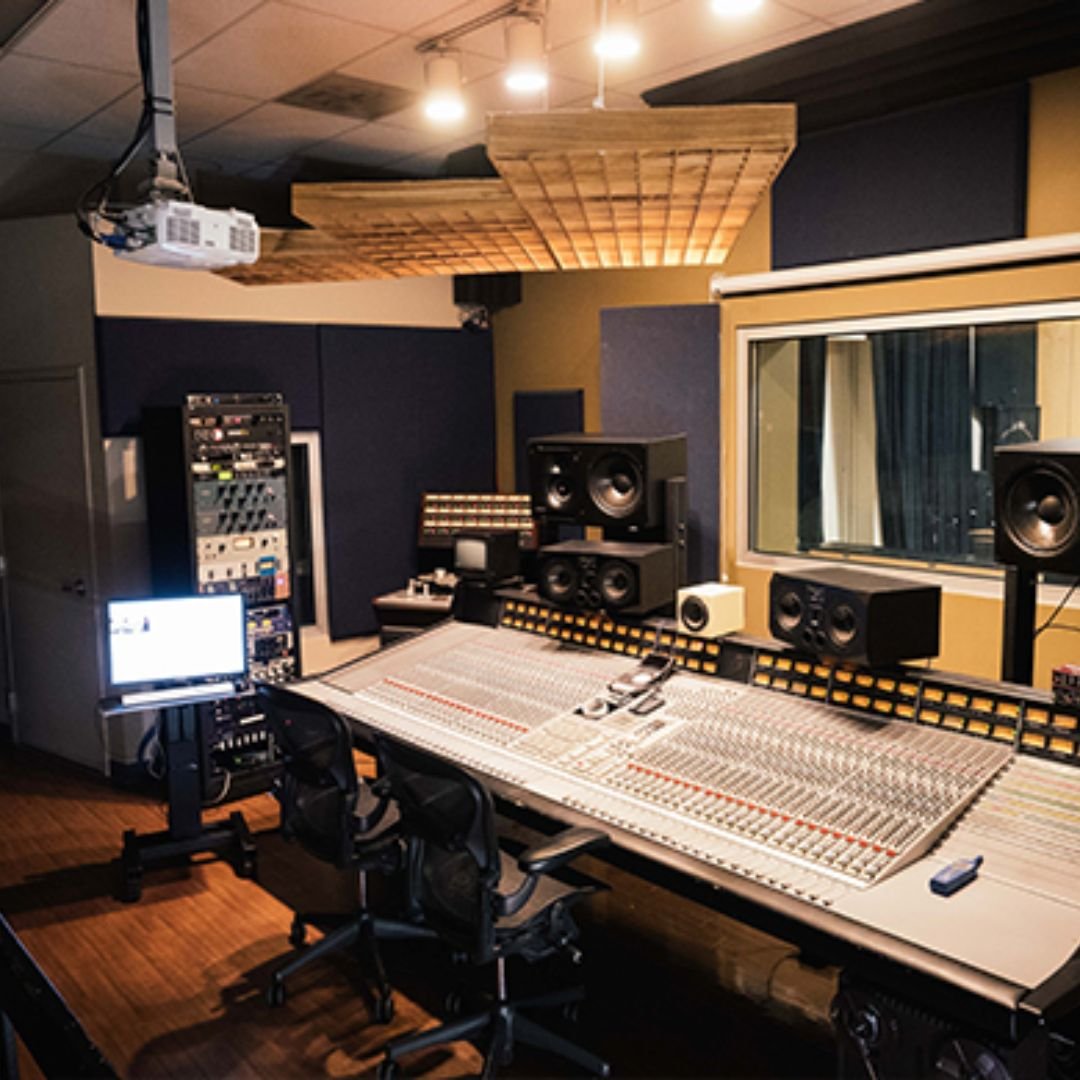Creating music that touches hearts and tops the charts is a mix of art, science, and effort. Whether you are an amateur messing around with sounds in your home studio or a budding professional inspired by sound engineering courses in Kerala, the process has some ground rules that can make your music strike the right chord. This book breaks the process down into simple-to-understand, simple-to-follow steps so that everyone can feel comfortable to learn and use them.
1. Begin with a Good Idea
Any great song starts with a good idea. It could be a mood, a story, an earworm, or a good beat. Don’t start with fancy production, but let your idea develop. Ask yourself:
What do I want the listener to remember?
Is this song going to be raving, chillaxing, or a tear-jerker?
What mood do I want to achieve?
After you have a clear idea of what you’re going to use your vision for, every decision you make—down to the instruments and form—will be in support of that purpose.
2. Create a Memorable Melody
Melody at times is what people will be singing along to the most. It’s what people sing along with after they hear your song. To create a memorable melody:
Keep it simple but something.
Repeat to make second nature but with a little variation so it doesn’t become stale.
Use dynamic variation, playing soft and loud notes alternately in order to be dramatic.
Even if your song is beat-centric, having a good hook in the melody can be the difference between having a remembered tune or not.
3. Have a Strong Rhythm Foundation
Beat is the rhythm of your song. It sets the energy and gets the people nodding their heads or tapping their toes.
Choose the tempo to suit your mood and style.
Combine percussion ingredients such as hi-hats, snare, and kick with restraint.
Avoid overdoots—each drum hit has to be for something.
Good rhythm section keeps time but with personality and groove for your track.
4. Choose the Right Sounds and Instruments
Choosing your sounds is similar to choosing your colors. The right combination can really give your tune a punch.
Try playing around on different instruments until you hear tones that will coexist in your head.
Putting together live instruments and synth timbres will create depth of texture.
Listen closely to what each sound does in the mix—some are the highs, some fill in background texture.
Never neglect that great sound selection can totally make a track taste different even when notes are the same.
5. Strategically Arrange and Layer
Arrangement has a role in deciding which way your song is going. Great arrangement engages listeners throughout the song.
Starting with a hooking intro.
Building up to the drop or chorus slowly.
Breakdown or bridge to provide relief to a listener before moving on to energy.
Imagine your song as a story—it must have a good start, middle, and end that complement each other.
6. Listen to the Mix
Mixing is getting all of the sounds in your track to cooperate with each other.
Vocals or lead melody must be clean and upfront.
Equalize (EQ) to leave space for each instrument in the frequency range.
Maintain levels so that none is dominating the others.
A blend planned is so everyone can hear it all and your track sounding like the pros.
7. Feeling in There
Technical abilities are necessary, but feeling gets a track to hit.
Make use of dynamics—soft and hard sections—to make contrast.
Play chords with a feeling.
Add subtle things such as background noise or harmonies in to give depth to the track.
Others remember how a song made them feel, not the technicalities.
8. Test and Tweak
Having recorded your track, play it back under various conditions. Play back through car stereos, home hi-fi speakers, and headphones. You may notice some adjustments which need to be done.
Does the bass dominate in certain systems?
Are vocals clear everywhere?
Is the track thrilling everywhere?
It’s usually these little things that turn a good track into a great track.
9. Keep Your Sound Signature
It is easy to do what is currently trendy, but it is adding your own personality that is going to make your music stand out.
Create a sound or style and commit to it.
Be loyal to your vision and open to new influences.
Consistency of tone helps build recognition with listeners.
Even within unfriendly musical communities, authenticity builds a loyal following of fans.
10. Never Stop Learning
The music production industry is ever-changing. There’s some new way of doing something, some new sound, some new gadget coming up every day. Practice or learn music production courses in Bangalore is the solution, but the solution is always to improve.
Try out new ideas, however ridiculous they might seem at first.
Reference favorite tracks and analyze their structure and production decisions.
Something slightly out of your comfort zone.
The more you earn, the more instinctual you will be.
Last Words
Hit-making that reaches top-of-the-charts is not fortune—it’s making music on a very profound level, making every creative choice with intent, and resonating with your listeners. A song that is going to reach the top chart will usually have a good melody, solid rhythm, emotional depth, and excellent mix.
Don’t forget, all of the popular songs were initially just ideas. Your second album could be the song that captures the hearts of thousands, or even millions. Keep pushing, keep striving, and give every note genuine heart. That’s the real formula for music to endure.















Leave a Reply